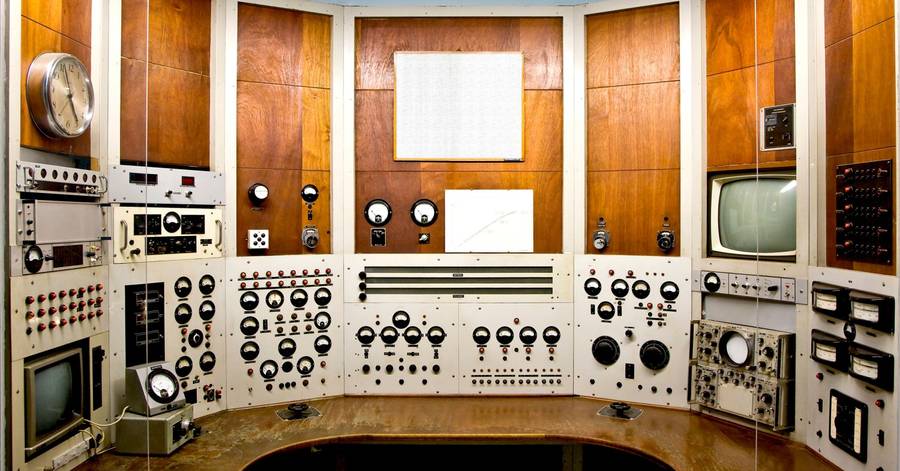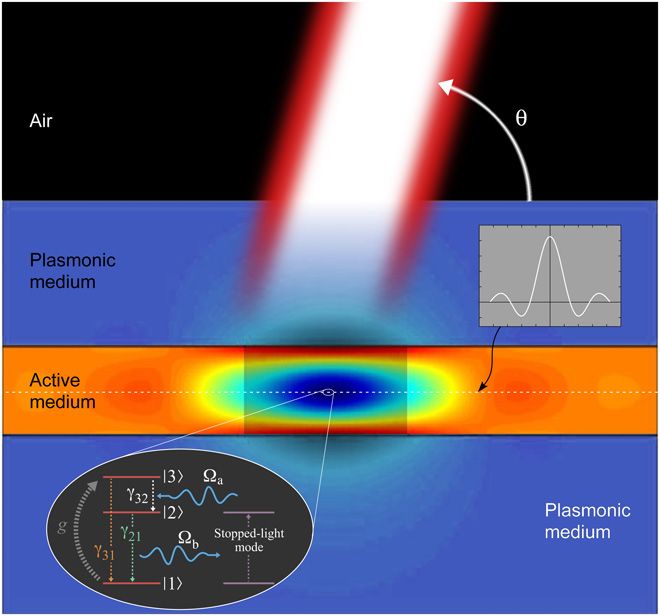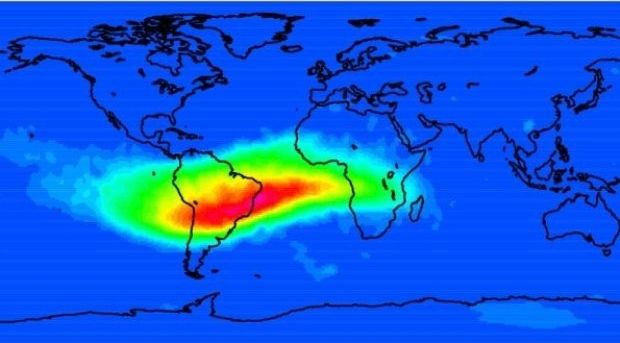Page 9622
Mar 16, 2018
‘What Is Real?’ Review: Quarks and Quandaries
Posted by Genevieve Klien in categories: particle physics, quantum physics
Many physicists sidestep the philosophical puzzles altogether, preferring to “shut up and calculate.”
If quantum mechanics can be said to have a capital city it is surely Copenhagen, birthplace of the physicist Niels Bohr (1885−1962) and of the formalism he and others developed to make sense of the subatomic realm. Their approach, the “Copenhagen Interpretation,” is expounded in every textbook. Yet it has been questioned many times, and in “What Is Real?” Adam Becker tells a fascinating if complex story of quantum dissidents. Two of the most important not only displeased Bohr, they also attracted the attention of the FBI.
The Air Force controls most of America’s plans for warfighting in space—but politicians have voiced concerns that the U.S. could be vulnerable to Russian and Chinese attacks.
Mar 16, 2018
Quantum coherence–driven self-organized criticality and nonequilibrium light localization
Posted by Genevieve Klien in categories: biological, chemistry, quantum physics
Self-organized criticality emerges in dynamical complex systems driven out of equilibrium and characterizes a wide range of classical phenomena in physics, geology, and biology. We report on a quantum coherence–controlled self-organized critical transition observed in the light localization behavior of a coherence-driven nanophotonic configuration. Our system is composed of a gain-enhanced plasmonic heterostructure controlled by a coherent drive, in which photons close to the stopped-light regime interact in the presence of the active nonlinearities, eventually synchronizing their dynamics. In this system, on the basis of analytical and corroborating full-wave Maxwell-Bloch computations, we observe quantum coherence–controlled self-organized criticality in the emergence of light localization arising from the synchronization of the photons. It is associated with two first-order phase transitions: one pertaining to the synchronization of the dynamics of the photons and the second pertaining to an inversionless lasing transition by the coherent drive. The so-attained light localization, which is robust to dissipation, fluctuations, and many-body interactions, exhibits scale-invariant power laws and absence of finely tuned control parameters. We also found that, in this nonequilibrium dynamical system, the effective critical “temperature” of the system drops to zero, whereupon one enters the quantum self-organized critical regime.
The self-organization of many nonequilibrium complex systems toward an “ordered” state is a profound concept in basic science, ranging from biochemistry to physics (2–4). Examples include the group movement of flocks of birds , motions of human crowds , neutrino oscillations in the early universe , and the formation of shapes (“morphogenesis”) in biological organisms (8, 9). An intriguing trait of this nonequilibrium, driven-dissipative systems (2, 3) is that their self-organization can lead them to a phase transition and to critical behavior—a phenomenon known as self-organized criticality (SOC) (10). Unlike equilibrium phase-transition phenomena, such as superconductivity or ferromagnetism, where an exogenous control parameter (for example, temperature or pressure) needs to be precisely tuned for the phase transition to occur, no such fine-tuning is needed in SOC systems (10–13): They can self-organize and reach their critical state even when driven far away from it.
Mar 16, 2018
To Understand the Universe, Physicists Are Building Their Own
Posted by Genevieve Klien in categories: cosmology, quantum physics
Silke Weinfurtner is trying to build the universe from scratch. In a physics lab at the University of Nottingham—close to the Sherwood forest of legendary English outlaw Robin Hood—she and her colleagues will work with a huge superconducting coil magnet, 1 meter across. Inside, there’s a small pool of liquid, whose gentle ripples stand to mimic the matter fluctuations that gave rise to the structures we observe in the cosmos.
Weinfurtner isn’t an evil genius hell-bent on creating a world of her own to rule. She just wants to understand the origins of the one we already have.
The Big Bang is by far the most popular model of our universe’s beginnings, but even its fans disagree about how it happened. The theory depends on the existence of a hypothetical quantum field that stretched the universe ultra-rapidly and uniformly in all directions, expanding it by a huge factor in a fraction of a second: a process dubbed inflation. But that inflation or the field responsible for it—the inflaton—is impossible to prove directly. Which is why Weinfurtner wants to mimic it in a lab.
Continue reading “To Understand the Universe, Physicists Are Building Their Own” »
Mar 16, 2018
Vanguard I has spent six decades in orbit, more than any other craft
Posted by Genevieve Klien in category: satellites
As of this month, the US satellite Vanguard I has spent 60 years in orbit and it remains the oldest man-made object in space. Vanguard I was the fourth satellite launched into orbit — following the USSR’s Sputnik I and II and the US’ Explorer I. But none of the first three remain in orbit today and though Vanguard I can’t send signals back to Earth anymore, it’s still providing valuable data for researchers.
The first two attempts to launch the first Vanguard satellite failed, but on March 17th, 1958, Vanguard I was successfully placed into orbit. It was manufactured by the US Naval Research Laboratory (NRL), which published a lookback this week honoring the satellite’s 60 years of service, and was part of a project that aimed to study Earth’s geophysical phenomena from space. The Vanguard Project was established as part of the US contribution to the International Geophysical Year — a multi-national effort to study geophysical phenomena during a period of time when the sun’s sunspot activity would be at a peak.
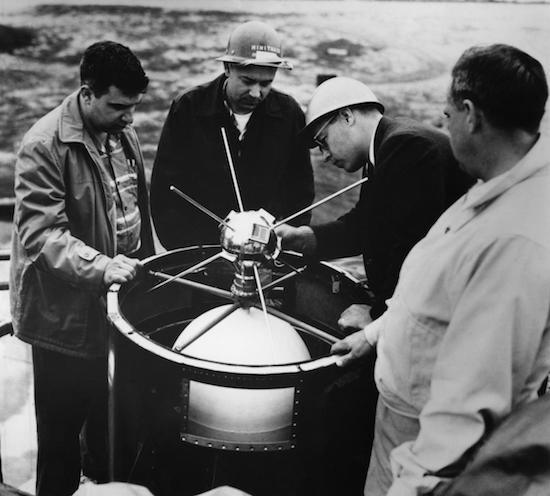
Continue reading “Vanguard I has spent six decades in orbit, more than any other craft” »
Mar 16, 2018
Something unusual is happening with our planet’s magnetic field
Posted by Genevieve Klien in category: futurism
What this means
“If we look at our best numerical simulations of a magnetic field reversal, this is the type of pattern we see right before a reversal,” says Dr. Tarduno. “We don’t know if the current [anomaly] will lead to a full reversal.” If the anomaly continues to grow, the patch in the outer core under Africa could be the trigger to a full pole reversal.
If we look at our best numerical simulations of a magnetic field reversal, this is the type of pattern we see right before a reversal.
Continue reading “Something unusual is happening with our planet’s magnetic field” »
Mar 16, 2018
Watch a Human Try to Fight Off That Door-Opening Robot Dog
Posted by Sean Cusack in categories: information science, robotics/AI
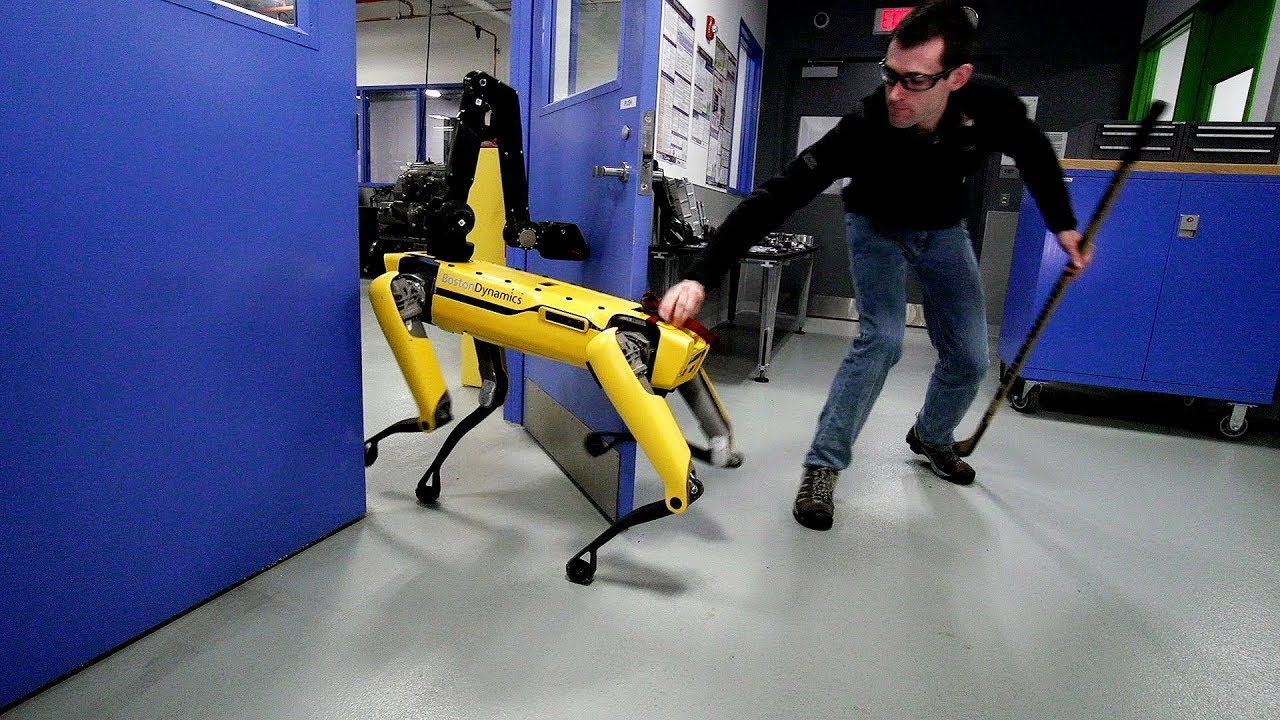
Hey, remember that dog-like robot, SpotMini, that Boston Dynamics showed off last week, the one that opened a door for its robot friend? Well, the company just dropped a new video starring the canine contraption. In this week’s episode, a human with a hockey stick does everything in his power to stop the robot from opening the door, including tugging on the machine, which struggles in an … unsettling manner. But the ambush doesn’t work. The dogbot wins and gets through the door anyway.
The most subtle detail here is also the most impressive: The robot is doing almost all of this autonomously, at least according to the video’s description. Boston Dynamics is a notoriously tight-lipped company, so just the few sentences it provided with this clip is a relative gold mine. That information describes how a human handler drove the bot up to the door, then commanded it to proceed. The rest you can see for yourself. As SpotMini grips the handle and the human tries to shut the door, it braces itself and tugs harder—all on its own. As the human grabs a tether on its back and pulls it back violently, the robot stammers and wobbles and breaks free—still, of its own algorithmic volition.
Continue reading “Watch a Human Try to Fight Off That Door-Opening Robot Dog” »
Mar 16, 2018
Proposed ‘Nanomechanical’ Computer is Both Old-School and Cutting-Edge
Posted by Klaus Baldauf in categories: computing, engineering, nanotechnology
A group of engineers have proposed a novel approach to computing: computers made of billionth-of-a-meter-sized mechanical elements. Their idea combines the modern field of nanoscience with the mechanical engineering principles used to design the earliest computers.
Mar 16, 2018
New therapeutic gel shows promise against cancerous tumors!
Posted by Nicholi Avery in category: biotech/medical
Scientists at the UNC School of Medicine and NC State have created an injectable gel-like scaffold that can hold combination #chemo-immunotherapeutic drugs and deliver them locally to tumors in a sequential manner. The results in animal models so far suggest this approach could one day ramp up therapeutic benefits for patients bearing tumors or after removal of the primary tumors.
The research, published in Science Translational Medicine, focused on two specific types of melanoma and breast #cancer, but this approach could work in other tissue types. Also, the research showed that this localized delivery of combination therapy significantly inhibited the recurrence of cancer after the primary tumor was surgically removed.
“We’ve created a simple method to use #chemotherapy while leveraging the biology of the #tumor and our natural defense against foreign invaders to beat back tumor development with limited side effects,” said senior author Zhen Gu, PhD, associate professor in the joint UNC/NCSU Biomedical Engineering Department. “We have a lot more work to do before human clinical trials, but we think this approach holds great promise.”
Continue reading “New therapeutic gel shows promise against cancerous tumors!” »

